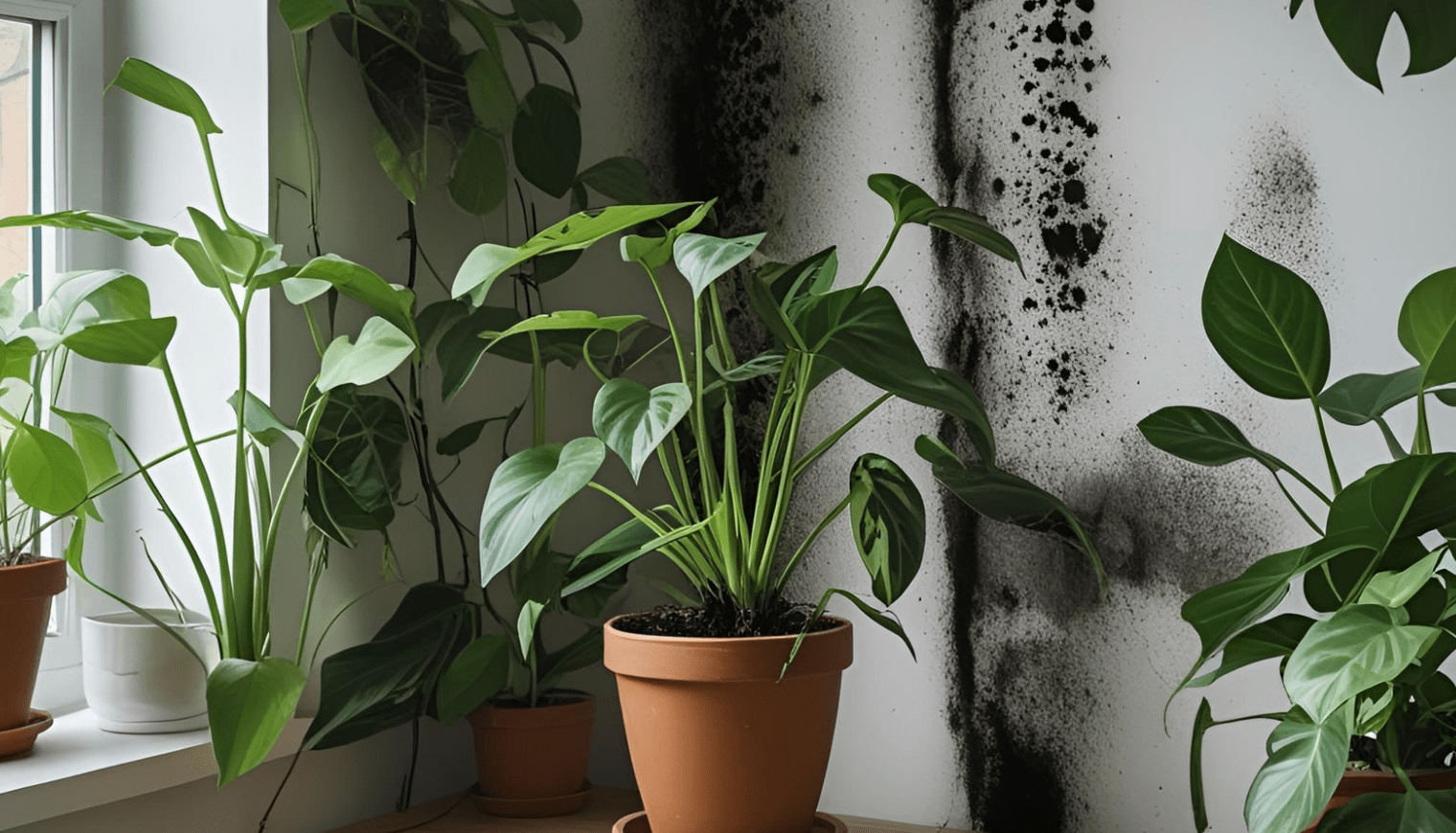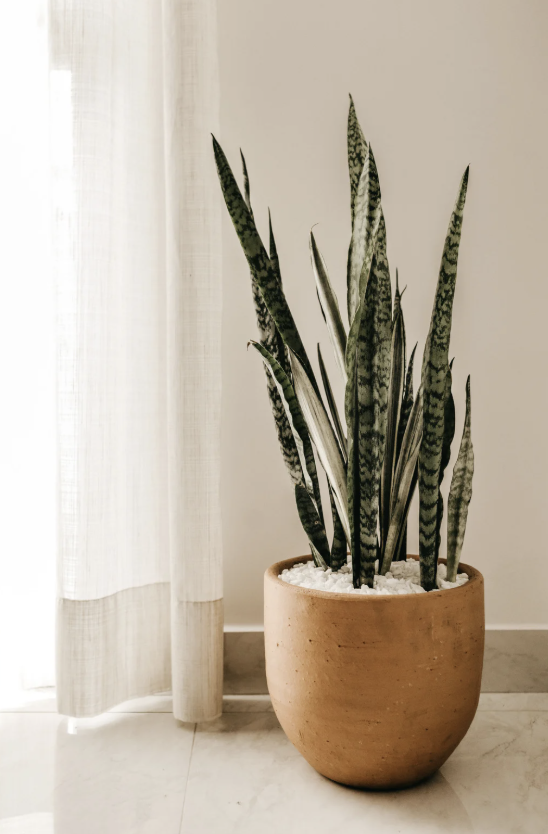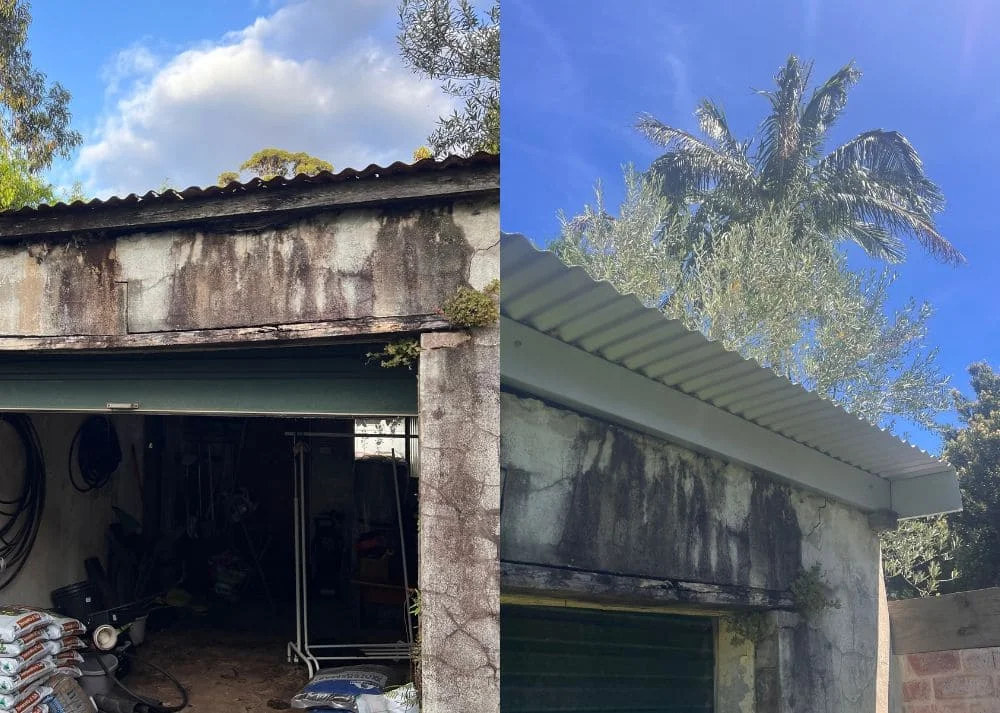
When it comes to mould growth, moisture is the number one predictor. Mould thrives in damp, humid environments, and even small amounts of moisture can uncontrolled mould growth. While leaks and flooding are obvious culprits, there are lesser-known sources of moisture that often go unnoticed. We uncovered five hidden sources of moisture that could be quietly feeding mould in your home, and what you can do to stop it.
1. Indoor Plants

Indoor plants may brighten up a room and improve air quality, but they can also add to indoor moisture levels. Through a natural process called transpiration, plants release water vapour into the air, which can raise humidity—especially in poorly ventilated spaces or when many plants are grouped together. Overwatering plants or letting water sit in trays can also increase moisture around walls, windowsills, or flooring. While this doesn’t mean you need to give up your greenery, it’s important to monitor humidity levels, ensure good airflow, and avoid overwatering to keep mould at bay.
2. Non-ducted clothes dryers
Non-ducted clothes dryers can be a major hidden source of indoor moisture. Unlike vented dryers that expel warm, moist air outside, non-ducted (or condenser) dryers release that moisture into the indoor environment. Over time, this added humidity can raise moisture levels in your home—especially in small or poorly ventilated laundry areas—creating ideal conditions for mould growth. Without proper ventilation or a dehumidifier, the moisture from regular laundry cycles can accumulate on walls, ceilings, and nearby surfaces. To minimise the risk, ensure the area is well-ventilated and consider using a vented dryer or regularly emptying the water reservoir if you're using a condenser model.

3. Drying clothes indoors
Drying clothes indoors is one of the most common but overlooked sources of excess moisture in the home. As wet laundry evaporates, it releases significant amounts of water vapor into the air—especially when clothes are hung on racks or radiators in enclosed spaces. This added humidity can quickly build up, leading to condensation on windows, damp walls, and an increased risk of mould growth. Without adequate ventilation or a dehumidifier, the moisture from drying just one load of laundry can linger in the air for hours. To reduce the risk, dry clothes outside whenever possible or use a well-ventilated area with an exhaust fan or dehumidifier.
4. Number of household occupants
The number of people living in your home can significantly impact indoor humidity levels. Every person naturally releases moisture into the air through breathing and perspiration—especially during sleep and physical activity. Daily activities like cooking, showering, and even just being indoors all contribute to elevated humidity, and the more people in a space, the greater the cumulative effect. In crowded or poorly ventilated homes, this added moisture can create ideal conditions for mould growth, particularly in areas where air circulation is limited. To help control humidity, use exhaust fans, keep windows open when possible, and consider using a dehumidifier in high-traffic areas.

5. Bathroom Floor Mats
Wet bathroom mats are a surprisingly common source of excess moisture in the home. After showers or baths, these mats often remain damp for extended periods, especially in bathrooms with poor ventilation. The trapped moisture seeps into floors and lingers in the surrounding air, creating a warm, humid environment where mould and mildew can thrive—particularly underneath the mat, where airflow is minimal. If not regularly dried and cleaned, bathroom mats can become breeding grounds for mould spores. To reduce the risk, hang mats up to dry after each use, wash them frequently, and ensure your bathroom is well-ventilated.
Mould growth in the home is almost always linked to excess moisture—and many sources often go unnoticed. From wet bathroom mats and indoor clothes drying to non-ducted dryers, houseplants, and even the number of people living in a space, everyday habits can quietly raise humidity levels and create the perfect environment for mould to thrive. By identifying and addressing these hidden contributors, you can take proactive steps to protect your home, your health, and your indoor air quality. With proper ventilation, regular maintenance, and mindful moisture control, mould doesn’t stand a chance.



.webp)





.jpg)





